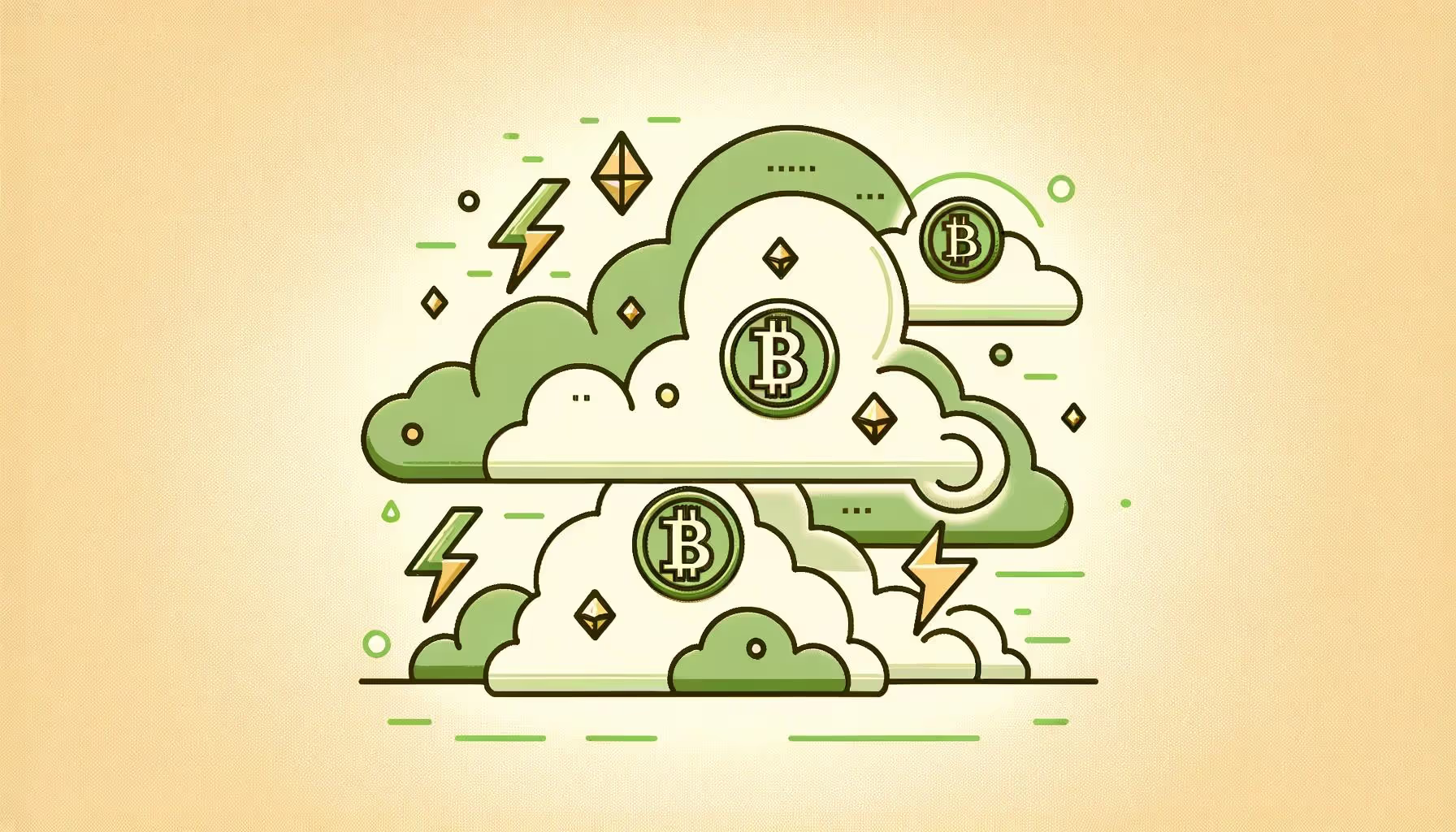Subscribe to our newsletter
Stay informed about our latest developments and updates!
How many bitcoins are in circulation & exist in total?
Bitcoin, the most well-known and by far the largest cryptocurrency in the world, now holds a place in the investment portfolios of many individuals and institutions. Can all those people and companies own a Bitcoin? Or rather: how many Bitcoins are there actually? In this article, we discuss crucial aspects of Bitcoin: the maximum supply, the mining schedule, the halving mechanism, and estimates of lost Bitcoins.
How many Bitcoins are there in total?
One of Bitcoin's most intriguing properties is its limited supply. There will never be more than 21 million Bitcoins in circulation. Formally, the precise amount is actually 20,999,999.9999.9769 BTC. This number is embedded in the code by Bitcoin’s creator(s). This limitation creates scarcity, similar to precious metals like gold. The idea is that as Bitcoin becomes scarcer, provided demand remains the same or even increases, its value may rise.
How are new BTC created?
Bitcoins are created through a process called "mining." Miners (a type of computing system) solve complex mathematical problems to verify transactions and thus add new blocks to the blockchain. As a reward for their efforts, they receive newly created Bitcoins, known as the "block subsidy." A unique aspect of the mining schedule is that the reward is halved every 210.000 blocks, in an event known as "halving."
The halving mechanism
The halving mechanism is an inherent feature of Bitcoin that regulates the issuance of new Bitcoins. With each halving, the reward for miners is halved. In 2009, a miner received 50 BTC per successfully mined block. In April 2024, this reward dropped to 3,125 BTC.
Eventually, the halving process will continue until the maximum supply of 21 million BTC is reached, expected around the year 2140. After this point, no new BTC will be created through mining. At that point, miners will only be rewarded with transaction fees, or Bitcoin fees, that participants include with their transactions.
Available Bitcoin for trading
Currently, there are over 19.6 million Bitcoins in circulation. However, not all of these Bitcoins are available for direct trading. Some investors simply hold onto their Bitcoin. Bitcoin can only be bought when someone else sells it. The number of available BTC therefore fluctuates at any given time.
Another interesting aspect to consider is the amount of lost Bitcoin. A lost Bitcoin does not mean that the Bitcoin is "gone": they still exist. But possibly, the owner has no access and therefore it will never be available again. Think of the loss of private keys, the death of owners who did not set up a crypto inheritance, or intentionally losing them by sending them to unused Bitcoin addresses.
It is very difficult to determine an exact number of lost Bitcoins because transactions are pseudonymous and there is no central authority that tracks ownership or lost coins. Glassnode estimated in 2020 that around 10% is likely lost forever, about 2 million Bitcoins. Other researchers have suggested percentages as high as 30% of the total supply might be lost.
Conclusion
The maximum number of 21 million Bitcoins and the halving mechanism make it a unique cryptocurrency with increasing scarcity. For now, Bitcoin is available for purchase, and 450 new Bitcoins are issued every day.


